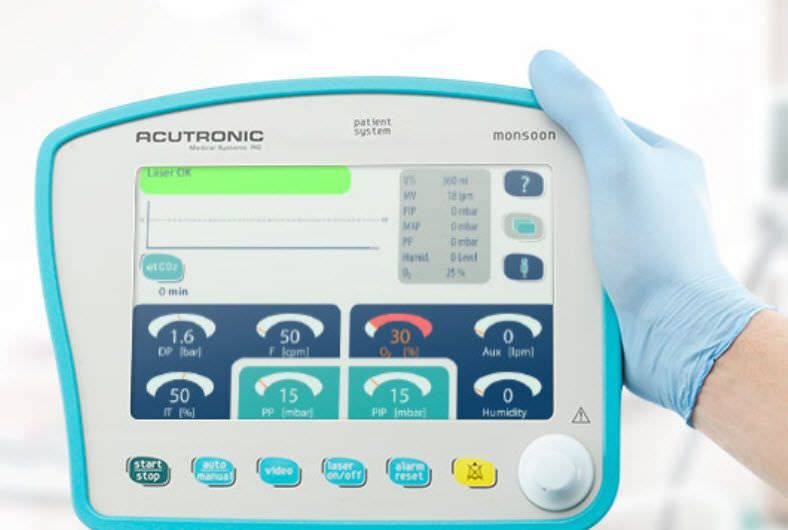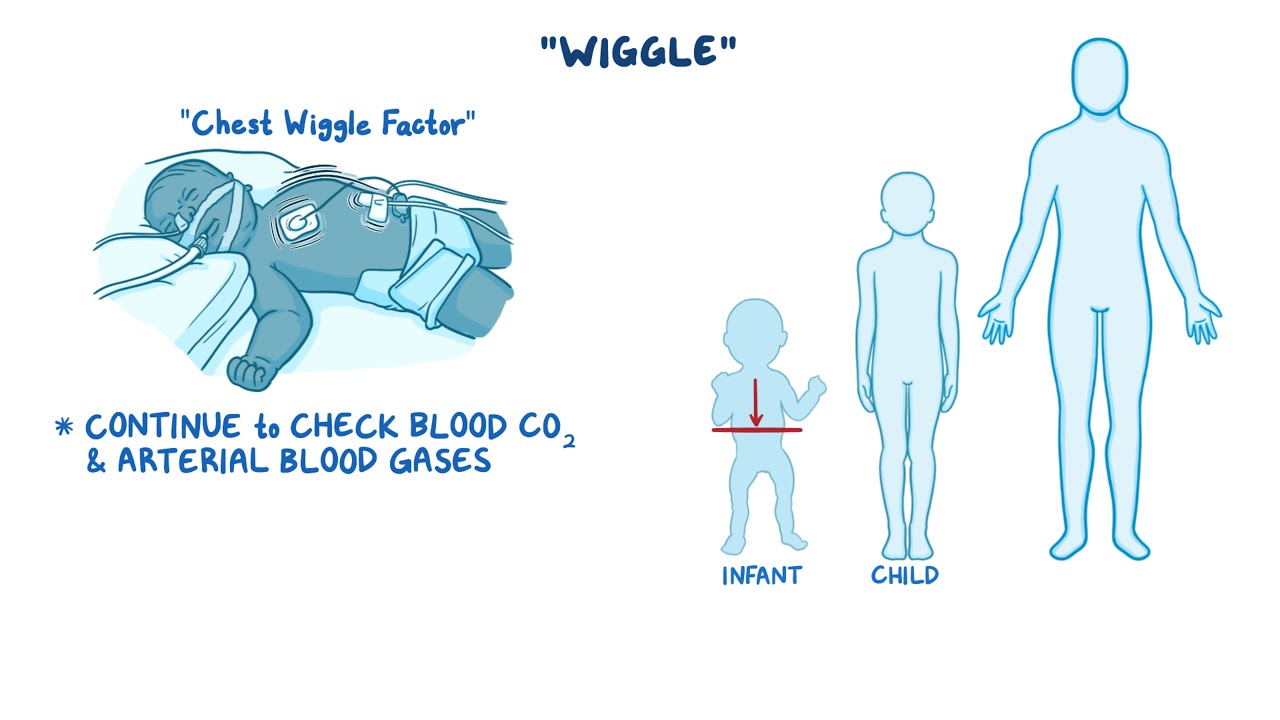We have an EP doc that does a fair amount of Afib ablations - pulmonary vein isolation ablation procedures. For these cases he likes the patient to be placed on a high frequency oscillatory ventilator to reduce respiratory motion. He states this increases the precision of his ablation and increases success rates. I have done EP at a few other places and have never encountered this technique before. Other facilities have just asked us to decrease the TV and increase RR to accomplish something similar.
We have had no problem accommodating this for our anesthetic, but we have always had an RT come down to run the oscillator. This has been a challenge as our hospital is short on RTs. The other EP docs are now wanting to use the oscillator, but RT can’t accommodate it, so they’re asking us to run the oscillator. Thoughts on this? None of the anesthesiologists in my group have much experience running the oscillator. We‘ve also had challenges sourcing the circuits for the oscillator….mainly because its really old.
We have had no problem accommodating this for our anesthetic, but we have always had an RT come down to run the oscillator. This has been a challenge as our hospital is short on RTs. The other EP docs are now wanting to use the oscillator, but RT can’t accommodate it, so they’re asking us to run the oscillator. Thoughts on this? None of the anesthesiologists in my group have much experience running the oscillator. We‘ve also had challenges sourcing the circuits for the oscillator….mainly because its really old.

